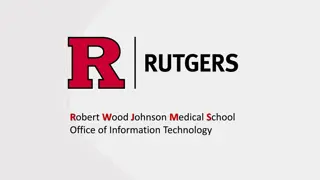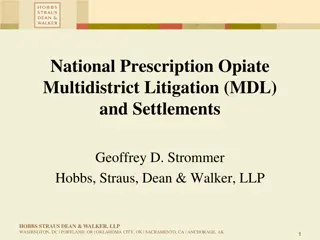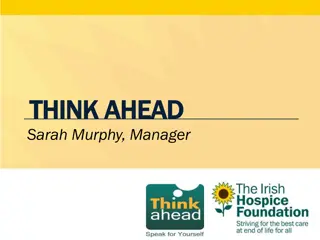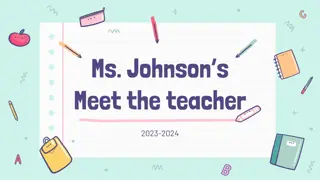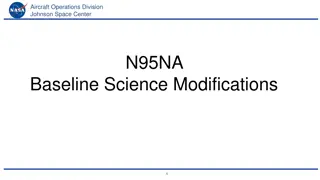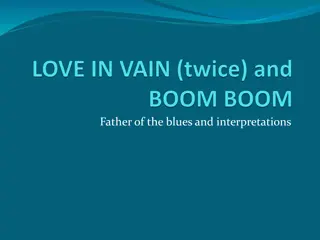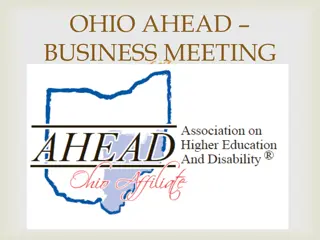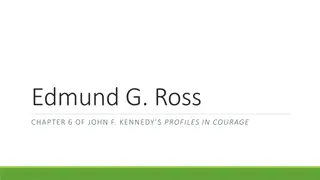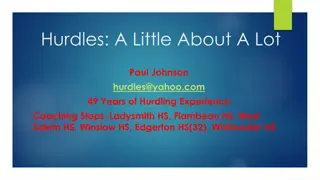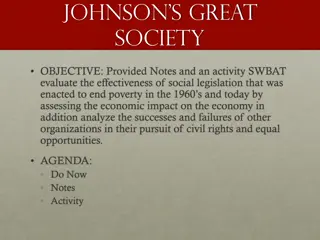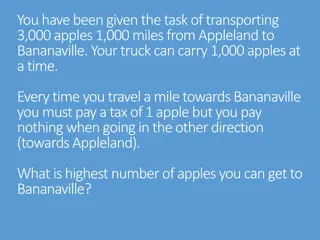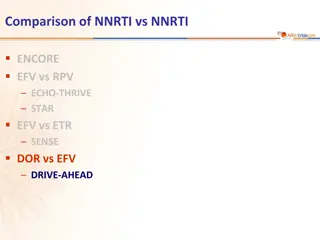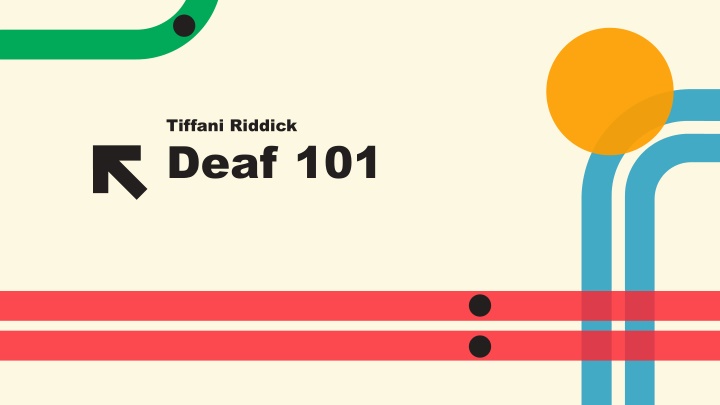
Effective Communication Tips for Interacting with Deaf and Hard of Hearing Individuals
Discover valuable insights on communicating with the Deaf and Hard of Hearing community through understanding terminology, utilizing American Sign Language, and implementing effective interaction strategies. Gain practical tips from a seasoned professional to enhance your communication skills and foster inclusive environments.
Download Presentation

Please find below an Image/Link to download the presentation.
The content on the website is provided AS IS for your information and personal use only. It may not be sold, licensed, or shared on other websites without obtaining consent from the author. If you encounter any issues during the download, it is possible that the publisher has removed the file from their server.
You are allowed to download the files provided on this website for personal or commercial use, subject to the condition that they are used lawfully. All files are the property of their respective owners.
The content on the website is provided AS IS for your information and personal use only. It may not be sold, licensed, or shared on other websites without obtaining consent from the author.
E N D
Presentation Transcript
Tiffani Riddick Deaf 101
Agenda Introduction The Basics Communication Tips on communication Accommodations
Introduction 3 A little about me My name is Tiffani Riddick. Fluent in ASL Previously a sign language interpreter Handle the Deaf/Hard of Hearing services and budget for students at UTA Deaf and Hard of Hearing Coordinator. Working at UT Arlington for 5+ years.
I am not THE expert. My knowledge comes from my years of experience not only from working on the accommodations side of working with this population, but also from my previous experience in the classroom as an ASL interpreter.
The Basics 5 Hearing impaired: this is a term that is no longer used. deaf: this is a general term used to describe people with a significant hearing loss. Deaf: capital-D typically consider themselves a part of the Deaf community and identifies with Deaf culture. Hard of Hearing: typically used for those that are late- deafened or someone with mild hearing loss to significant hearing loss; often have some spoken language.
Communication 6 Did you know ? American Sign Language (ASL) is derived from French Sign Language ASL is NOT universal. Most countries have their own sign language. ASL is not just the movement of your hands, but it is also important to use facial expressions and body movement ASL is not English. It is its own language. The grammar and the syntax is different.
Tips for interacting with students 7 Do not alter your speech pattern, instead, consider rephrasing. Face the Deaf client or student when speaking. Do not shout or over enunciate. Repeat questions asked from the back. But please note: lip reading is not 100% accurate. According to the National Association of the Deaf, even the most skilled lip readers can only understand about 25%.
Interacting with Students cont. 8 If you are unsure, text, use paper and pencil. Ask open-ended questions. It is okay to gently tap a deaf person to get his or her attention. Please alert the person to an emergency.
Tips for interacting with an Interpreter 9 Speak directly to the student. Do not direct questions to the interpreter. Do not say tell/ask him/her Allow the interpreter to be positioned in an area out of direct sunlight and away from a distracting background. In a classroom or presentation setting, be cognizant of lag time when asking questions. The Interpreter s objective in the classroom is to facilitate communication for the Deaf/Hard of Hearing student- they are not teacher aids In a group setting, please have one person speak at a time. Take turns so that the information is relayed effectively.
Classroom Accommodations 10 American Sign Language (ASL) Sign Language Interpreters CART Communication access realtime translation Word for word TypeWell Meaning-for-meaning translation C-Print Captioning but provides a summary
In Conclusion 11 It is best to ask your student what is their preferred form of communication, specifically in the classroom. Glean/Otter/etc. are also captioning services that can be beneficial for some students. Paper and Pencil are effective and appropriate communication in cases of emergency or last- minute options.
12 Questions?
Thank you Tiffani Riddick tiffani.riddick@uta.edu www.uta.edu/sarcenter


